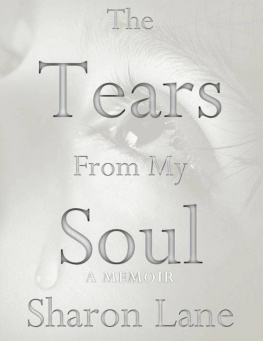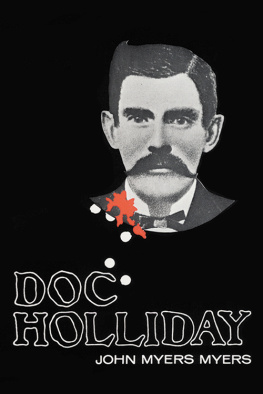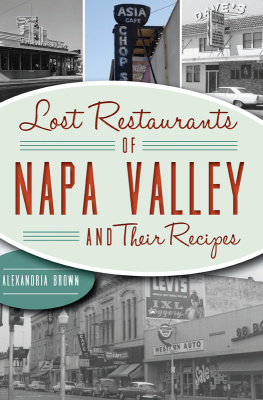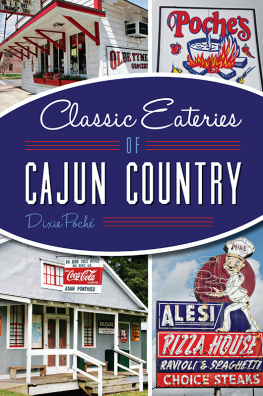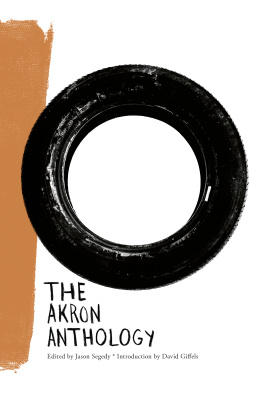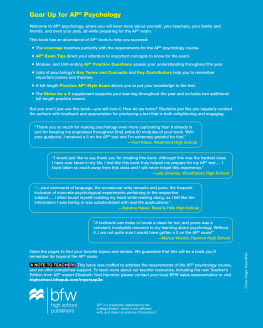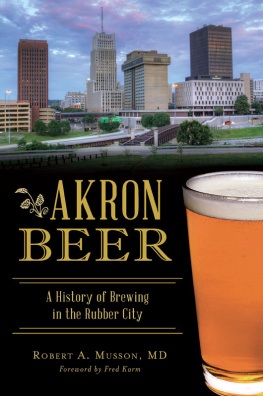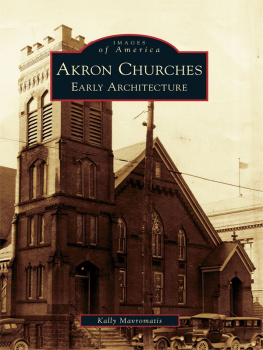
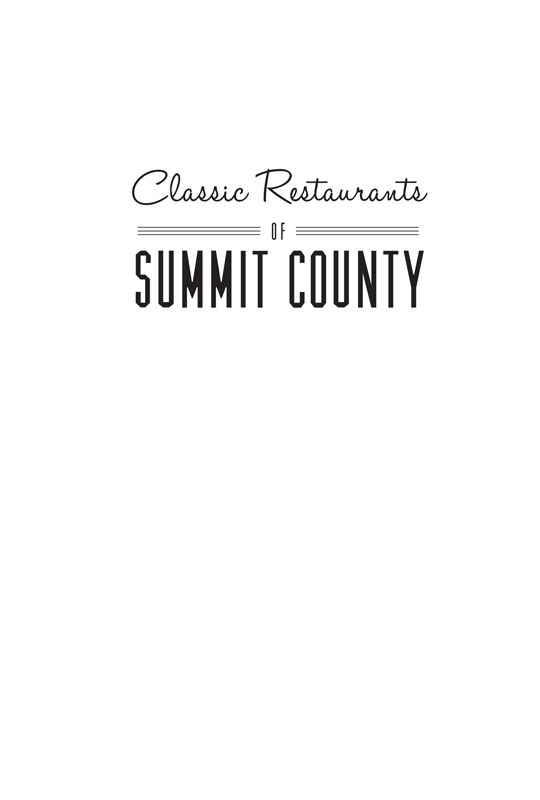

Published by The History Press
Charleston, SC
www.historypress.com
Copyright 2018 by Sharon Moreland Myers
All rights reserved
First published 2018
e-book edition 2018
ISBN 978.1.43966.441.4
Library of Congress Control Number: 2017955910
print edition ISBN 978.1.46713.851.2
Notice: The information in this book is true and complete to the best of our knowledge. It is offered without guarantee on the part of the author or The History Press. The author and The History Press disclaim all liability in connection with the use of this book.
All rights reserved. No part of this book may be reproduced or transmitted in any form whatsoever without prior written permission from the publisher except in the case of brief quotations embodied in critical articles and reviews.
Contents
Acknowledgements
This book could not have been written without the gracious assistance of many people. First, Judy James, former Special Collections division manager, and Mary Plazo, current Special Collections division manager, AkronSummit County Public Library, have both gone above and beyond helping me scan photos from the librarys collections for the book. We spent several days scanning photos and items in the archives.
The Akron Beacon JournalSummit Memory Project has been wonderful in allowing the use of many of its images in the book.
Leianne Neff Heppner, president and CEO of the Summit County Historical Society, has also allowed the use of images from the historical societys collection in this book.
The Cuyahoga Falls Historical Society and the Richfield Historical Society also allowed images from their collection to be used.
I would like to thank all the restaurants that submitted digital images of their sites for the book. They are too numerous to list, but their photos are captioned with a courtesy to them.
Thanks to Todd Snyder and Ott Gangl for allowing me to use their images in the book.
And I would like to acknowledge my husband, Al Myers, for his proofreading skills and his support throughout this project.
Preface
Being the daughter of Charles Marcel Moreland, of Marcels Restaurant, has made this project a labor of love. Meeting the families of the other restaurant owners and seeing how grateful they are that their familys restaurant is being celebrated and remembered has been such a great honor.
This book not only describes the great restaurants but also weaves in the history of the areamainly the rubber companies economic effect on the area. Also noted is the colorful and corrupt era during Prohibition, when Akron was one of the first Mafia cities in the twentieth-century Midwest. Illegal booze, prostitution and gambling wove through many establishments.
These restaurants, big or small, plain or fancy, all had special meaning to the community. This is where special occasions were celebrated and memories were made.
During the early 1900s, Akron became the regional hub of Broadway road shows, and rubber became Akrons leading industry. The growing population that fed the rubber industry demanded a host of services, and those included restaurants. Akrons population exploded between 1910 and 1920. Most of the new residents were young men from West Virginia working in the rubber factories, living in boardinghouses and eating out.
As far back as the 1920s, the Akron area was known as a restaurant town. In 1919, Prohibition became the law, causing most of the saloons on Main and Mill Streets to disappear and speakeasies to pop up all over the county. Akrons growth continued. Then the Depression hit just as Akrons tallest bank building openedthe twenty-eight-story Central-Depositors Building, which became the First National Tower. People were soon jumping off the building. Other desperate people turned to gambling. Finally, as the war years came, signs of prosperity returned to Main Street.

Marcel. Authors collection.
Barberton and Norton are known for Barberton Chicken, which is Serbian fried chicken that began with Serbian immigrants Michael and Smilka Topalsky. The Topalskys were forced to sell their farm during the Great Depression and opened a restaurant in 1933, serving Serbian fried chicken with a rice and tomato sauce seasoned with hot peppers and a side of vinegar-based coleslaw and fries. Serbian fried chicken is fresh, not frozen, and no seasoning is used on the chicken or breading. The chicken is fried in lard, and they cut the chicken differently, using the backs.
Portage Lakes was known for its rowdy bars. During Prohibition, there were many speakeasies at the Lakes. Illegal gambling was in nearly every back room.
During the postwar years, everyone came downtown, as downtown had everything that anyone could desire. There were retail stores, movies and restaurants of all kinds. Ive been told that you could get any type of food you could imagine in downtown Akron in the 1950s.
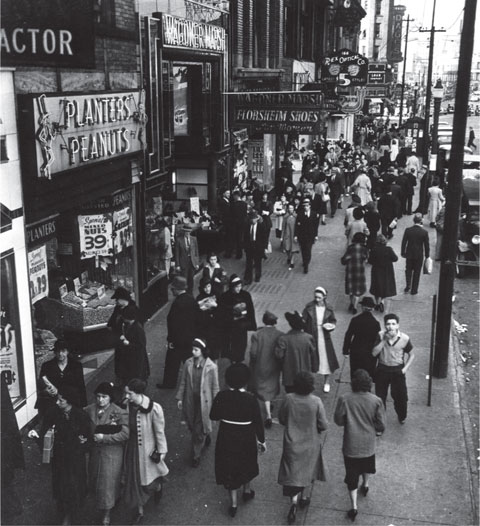
South Main Street. Courtesy AkronSummit County Public Library; General Photo Collection.

The heyday was in the 1950s and 1960s. The restaurant scene was booming in the 1940s, despite food rationing and labor shortages because of World War II. In 1951, Kenny Nichols, Akron Beacon Journal columnist, said that it would be possible to feed thirty thousand people at one time in Akron restaurants. Main Street was choked with cars. Then, in the 1950s, strip shopping centers began taking away some of downtowns customers. Akrons first mall, Summit Mall, opened in 1965. By 1966, nearly half of the stores on Main Street, between Bowery and Mill, were vacant.
State Road between the High Level Bridge and the former State Road Shopping Center was called Eat Street, as there were forty-one restaurants in that 1.8-mile stretch. Ive also heard it called the Strip. And in Montrose, there is Restaurant Hill.
The golden age of restaurants continued into the 1960s, but casual restaurants were coming into their own; dozens of fast-food restaurants and drive-in restaurants were opening. We had our share of all of them, like Columbus, Ohiobased Wendys, McDonalds, Burger King, Arbys and so on. Restaurant food declined in quality as owners embraced the convenience-food trend. And now this trend is changing in the other direction, as many locally owned restaurants celebrate the use of fresh, seasonal ingredients and things made in house.
North Hill is Akrons melting pot with an Italian history. Once an Italian neighborhood, a more diverse population is filling the gaps left by Italians moving out. There are many eastern European and Asian immigrants moving in.
In the 1970s, the Merriman Valley wasnt much more than a cow pasture, being former swampland adjacent to the Cuyahoga River. During the 1980s, an array of retail stores and restaurants popped up, with Crockers and the Wine Merchant being two of the first. The Valley was accessible to North Hill, Cuyahoga Falls, West Akron, Bath and Medina, so it was a great place for upscale restaurants.
Next page


